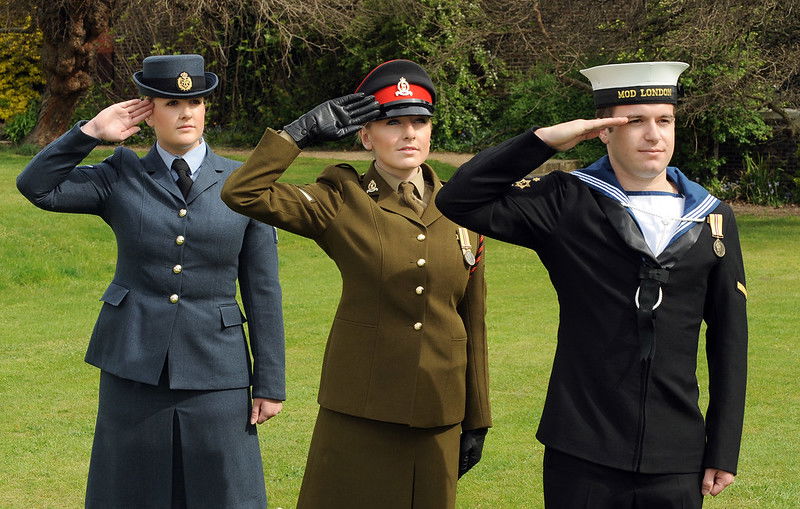The Origins of the Military Salute: From Medieval Knights to Modern Respect
The military salute, a gesture now universally recognised as a symbol of respect and discipline, has a fascinating origin rooted in the medieval period. While today it is often associated with modern armies and strict codes of conduct, its beginnings are far more personal and steeped in the customs of knighthood and honour.
In the Middle Ages, knights would often meet each other on the battlefield or during formal gatherings. Due to the full armour they wore, including visored helmets, it was nearly impossible to identify a fellow knight without some form of gesture. To show peaceful intentions and to reveal their identity, knights would raise the visor of their helmets with their right hand – the same hand used to wield a weapon – thereby demonstrating they posed no threat. This act of lifting the visor allowed others to see their face, a powerful gesture of trust and respect in a time when deception was common and dangerous.
Over time, this courteous and practical action evolved. As helmets became less common and warfare changed, the motion of lifting the visor was retained in spirit through a hand gesture to the forehead – what we now recognise as the military salute. It served the same purpose: acknowledging a superior or comrade, affirming identity, and signalling mutual respect.In British military tradition, the salute has retained this symbolic weight. It is not merely a routine or regulation; it is a mark of the values that have always underpinned military life – honour, loyalty, and trust.
By tracing the salute back to its medieval origins, we are reminded that even in times of war, human dignity and respect have long been upheld through small, meaningful actions.
